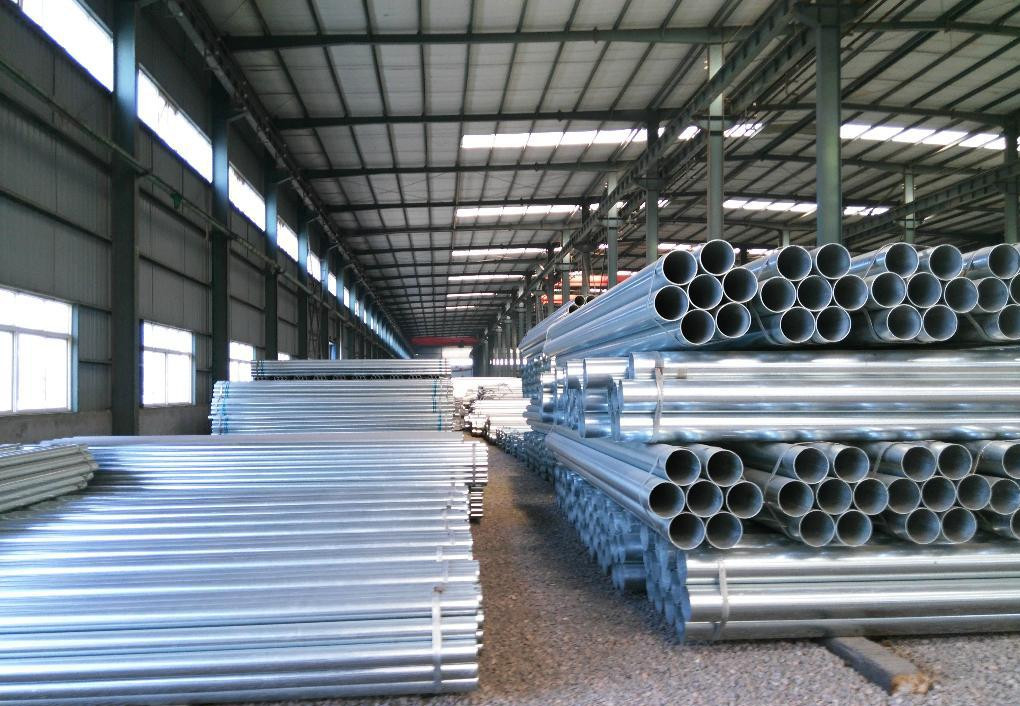Why should we have heat treatment on steel pipes? What are the main types of steel pipes' heat treatment process?
Heat treatment is one of the important processes in the production process of
steel pipes. It plays an important role in exploring potential of metal materials, improving the service life of steel pipes and making performance of steel pipes better. The service life as well as performance can be affected by various factors such as the internal micro structure of metal materials including a variety of defects, the size of internal stress, the morphology, size and boundary structure of grains and the form and distribution of the strengthening phase and inclusions. Using different heat treatment processes means that the heating temperature, holding time and cooling rate are different. Through these methods, the steel pipes can have different internal micro structures so as to meet various standards of steel pipes, performance requirements of users and operation requirements of specific conditions.
According to the steel pipes' standards which have diverse requirements on the micro structure, performance and hardness of steel pipes, the heat treatment process can be summarized into the following five categories.
(1) Annealing.
(2) Normalizing.
(3) Normalizing and tempering.
(4) Quenching and tempering treatment.
(5) Solution treatment.
What are the commonly used heat treatment facilities in China's seamless steel pipe plants?
The production lines of China's seamless steel pipe plants are generally built with independent heat treatment equipment or are with heat treatment and finishing treatment combined together. The heat treatment heating apparatus comprise of continuous roller-hearth furnaces and stepping furnaces. The continuous roller-hearth furnace even includes the non-oxidizing protective gas furnace. There are two stepping mechanisms' types of stepping furnaces, namely beam type and screw type.
Quenching and tempering equipment is very important for ensuring the quality of steel pipes, and now, there are three basic forms of the commonly used quenching devices: radiation quenching devices, mandrel jet devices and mechanized quenching tanks. The first two forms of devices generally can only quench pipes with the wall thickness of less than 13mm. If the steel pipes' wall thickness is more than 10mm, internal surface quenching method must be adopted to harden the steel pipes.
